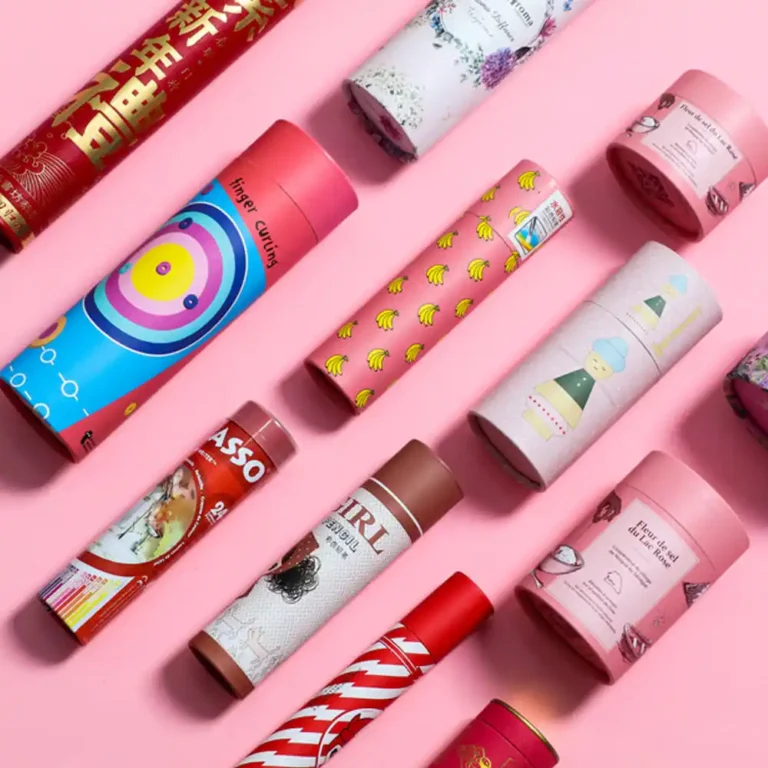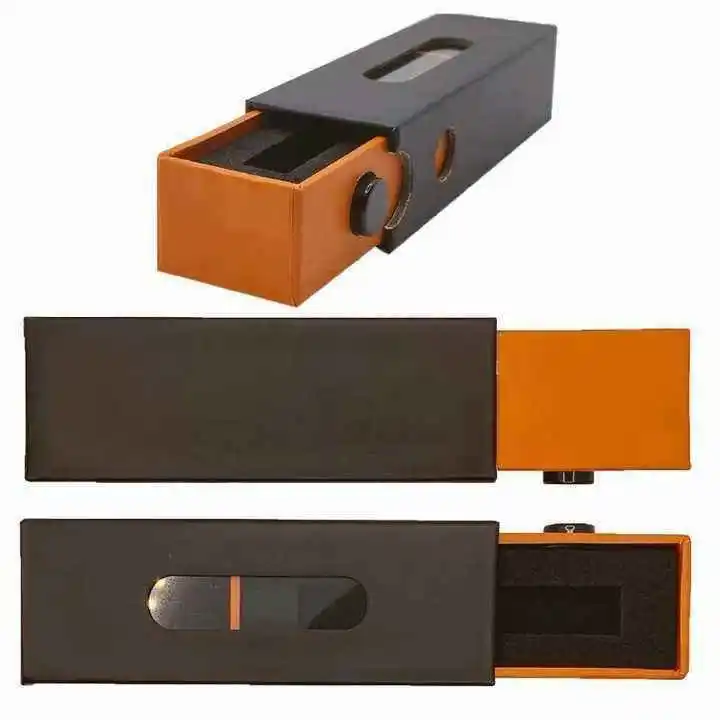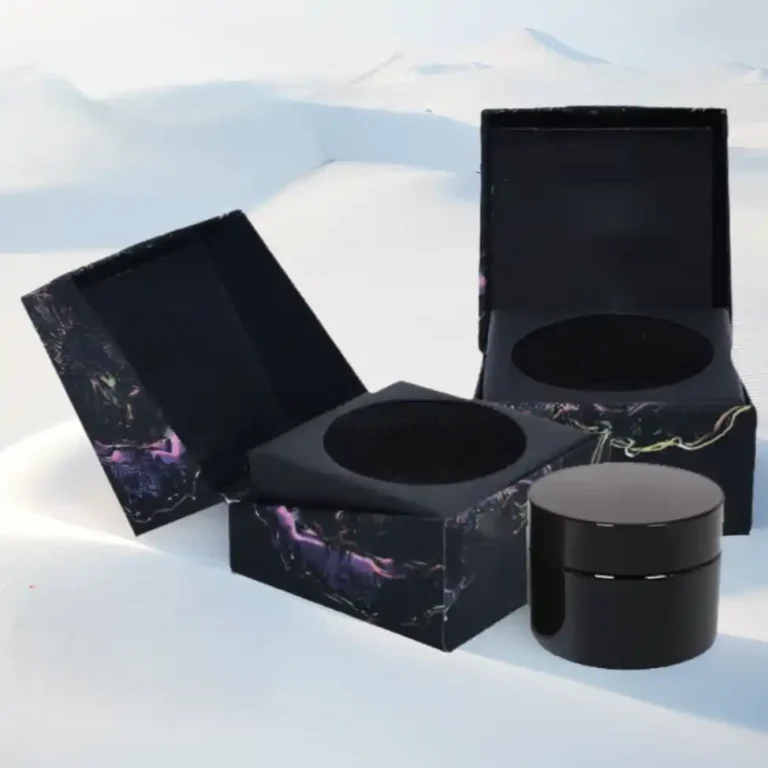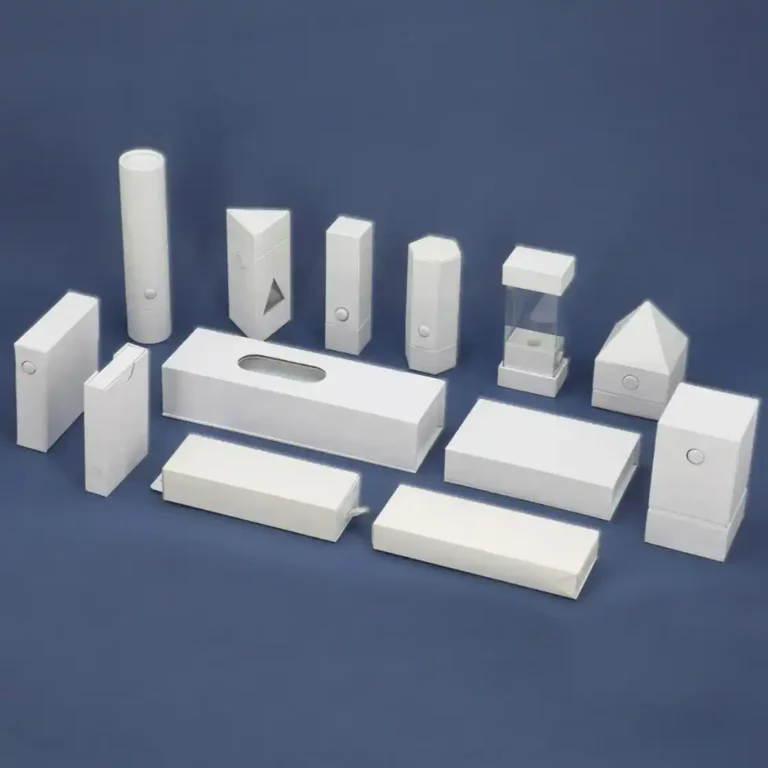Le jeu entre l'impression numérique et l'impression offset traditionnelle
Situation du secteur : croissance explosive de l'impression numérique
L'impression numérique est passée rapidement du statut de niche à celui de nécessité. Les marques lancent aujourd'hui davantage de références dans des cycles plus courts, passent des commandes en rafale et personnalisent l'emballage en fonction de la région ou du détaillant. Cette évolution favorise les configurations de presse qui se déplacent rapidement, changent de format à la volée et gaspillent moins lors de la mise en train - exactement là où le numérique brille. De son côté, l'offset conserve sa couronne pour les longs tirages réguliers où la régularité, la gamme de substrats et la finition en ligne sont maîtrisées.
Table des matières
Dynamique du marché
- Le raccourcissement du cycle de vie des produits et le réapprovisionnement à la demande poussent les équipes à n'imprimer que ce qui se vendra ce mois-ci, et non cette année.
- La personnalisation et les versions - langues, codes-barres, offres, illustrations saisonnières - entraînent la création de micro-lots, ce qui n'est pas pratique en cas de longs changements de plaques.
- Les objectifs de développement durable incitent les acheteurs à réduire l'obsolescence et les radiations de stocks ; des lots numériques plus petits y contribuent.
Explorez les formats d'emballage du monde réel entre lesquels votre équipe pourrait pivoter, de boîtes pliantes à boîtes en carton ondulé imprimées, ou de prendre du recul et de voir l'ensemble services d'impression sous un même toit. Pour les catalogues et les brochures qui servent encore de point d'ancrage à de nombreux lancements, voir les deux sites suivants impression offset de catalogues et impression de magazines à reliure parfaite.

Comparaison des technologies : Changements au niveau du point critique du coût et de l'efficacité
Pensez à un “point critique” glissant où une méthode devient plus économique que l'autre. Il y a plusieurs dizaines d'années, ce point se trouvait fermement dans le camp de l'offset ; aujourd'hui, des RIP plus intelligents, des têtes à jet d'encre plus rapides et une gestion automatisée des couleurs ont déplacé le point de rupture vers le haut. Résultat : de nombreux travaux de taille moyenne, autrefois cantonnés à l'offset, pèsent désormais en faveur du numérique, en particulier lorsqu'il faut s'attendre à des changements fréquents de la maquette ou à des éditions tardives.
Mise en place et basculement
- Décalage : Les plaques, les lavages et l'alignement des couleurs assurent une excellente répétabilité, mais augmentent le temps d'installation. Une fois en marche, l'offset ronronne pendant de longues campagnes.
- Numérique : Installation minimale et changements rapides d'un travail à l'autre. Le changement de version se fait par échange de fichiers et non par changement de plaque.
Contrôle de la couleur et du substrat
- Décalage : La grande latitude des substrats et les revêtements spéciaux en font un outil puissant pour les lignes d'emballage haut de gamme.
- Numérique : Les progrès rapides en matière d'encres, d'apprêts et de gamme étendue mettent les couleurs de la marque à portée de main, avec une fidélité fiable de l'épreuve à l'impression.
Besoin de mélanger les méthodes ? De nombreuses marques fractionnent les tirages : une longue base imprimée en offset, puis des pochettes ou des encarts localisés imprimés numériquement - comme des instructions mises à jour via impression du manuel de l'utilisateur ou le point de vente de produits frais en utilisant brochures vidéo pour les lancements.

Scénarios d'application : Pénétration diversifiée, de la périphérie au grand public
Le numérique a commencé à la périphérie - échantillons, comparaisons et lots minuscules - et occupe maintenant les catégories les plus courantes.
Emballage à faible volume et à mélange élevé
La beauté, le bien-être et les cadeaux saisonniers prospèrent grâce à l'agilité. Les variantes de cartons, les tailles d'essai et les offres groupées d'influenceurs commencent souvent par le numérique pour valider la demande, puis s'étendent.
Versionnement basé sur les données
Les codes QR uniques, les revendications locales ou les mises en page spécifiques aux détaillants sont plus faciles à réaliser lorsque chaque feuille peut être différente. L'offset peut compléter les tirages de base tandis que le numérique gère les couches variables.
Une littérature qui change souvent
Les listes de prix, les fiches techniques et les guides d'entretien évoluent. Conservez le livre “éternel” en offset, mais échangez les pages volatiles sous forme numérique. Si vous continuez à publier des catalogues volumineux, conciliez efficacité à long terme et souplesse en combinant les éléments suivants impression de catalogues en couleur et des recharges numériques de courte durée entre les saisons.

Défis et tendances futures
Aucune technologie n'est parfaite ; les équipes intelligentes adaptent la presse à l'objectif.
Défis actuels
- Gouvernance des couleurs dans l'ensemble des processus : Le maintien de l'apparence d'une marque unique sur les supports numériques et offset exige des profils disciplinés et des objectifs communs.
- Compatibilité des matériaux : Certains substrats et finitions spécialisés favorisent encore les lignes offset.
- Intégration des flux de travail : La véritable agilité se manifeste lorsque l'estimation, le prépresse et la finition sont unifiés et non cloisonnés.
Prochaines étapes
- Lignes hybrides : La vitesse de l'offset avec la flexibilité du numérique - imaginez des couches statiques déposées de manière conventionnelle avec des unités numériques ajoutant des graphiques variables ou de dernière minute.
- Une automatisation plus intelligente : L'imposition assistée par l'IA, l'optimisation de l'encre et la maintenance prédictive compriment davantage les délais.
- Des courses durables : Il faut s'attendre à une croissance des doublures plus fines, des fibres recyclées et des stratégies de préparation à faible production de déchets, domaines dans lesquels la discipline numérique à court terme permet de réduire les déchets.
Si vous envisagez une transition, parcourez l'ensemble de l'écosystème de l'emballage - de la boîtes cadeaux en papier à des formes de vente au détail spécialisées page d'accueil pour voir comment les choix de la presse se répercutent sur la conception structurelle, les inserts et les finitions.
Conclusion
L'offset et le numérique ne sont pas tant des rivaux que des coéquipiers. L'offset offre la rapidité et la stabilité des unités pour des campagnes longues et reproductibles ; le numérique offre la réactivité, la personnalisation et un risque moindre pour les marchés en mutation. La solution gagnante est un flux de travail mixte : utiliser l'offset pour les volumes les plus importants, compléter et localiser avec le numérique, et garder les options créatives ouvertes sans gonfler les stocks. Commencez par l'intention, le cycle de vie et la variabilité du travail, puis associez chaque couche à la presse qui l'aime le plus.











